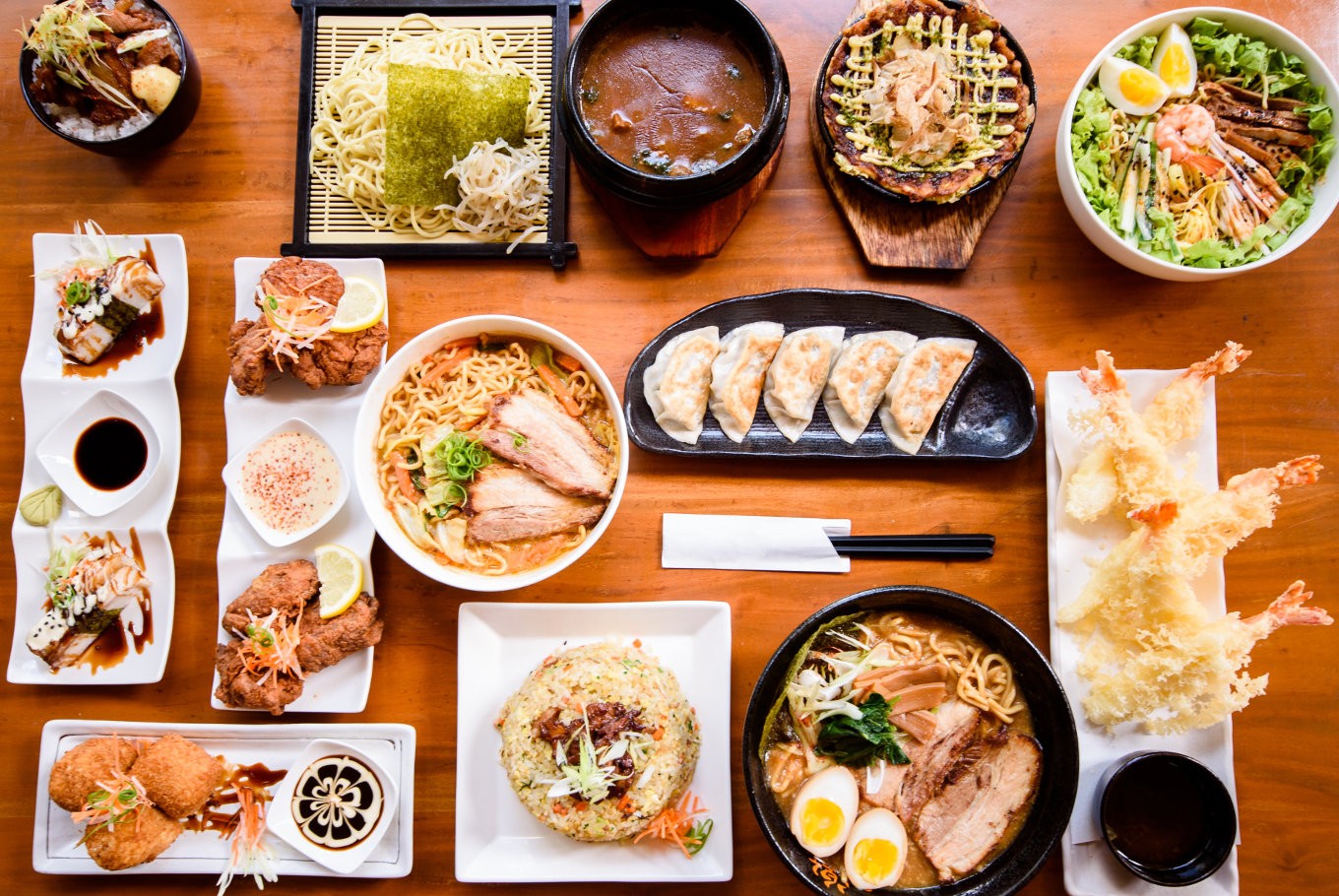Popular Reads
Top Results
Can't find what you're looking for?
View all search resultsPopular Reads
Top Results
Can't find what you're looking for?
View all search resultsWords you have to know before enjoying Japanese cuisine
If you want to dive deeper into the art of Japanese delicacies, these are some of the words to learn.
Change text size
Gift Premium Articles
to Anyone
J
apan is known for its rich art and culture. Therefore, experiencing the taste of authentic Japanese cuisine isn’t only about filling a hungry stomach.
Just like its culture, a lot of people take the art of Japanese cuisine seriously. No wonder Japanese dishes, like sushi, have become very popular globally in the past few decades.
If you want to dive deeper into the art of Japanese delicacies, these are some of the words to learn.
Age
"Age" is taken from "agemono", which means deep-fried dishes in Japanese. Whenever you find a Japanese dish with the word "-age" in it, that means you're looking at an agemono-type of dish. The most common usage of the word "-age" is "karaage", which involves crunchy texture, crunchy taste, and flour-wrapped chicken, octopus, or fish.
Maki
The word "maki" literally means "to roll", usually in seaweed or also known as “nori”. That's why for obvious reasons, you can easily find the word "maki" in a sushi menu. Meanwhile, "temaki" means "hand-rolled", which usually refers to a cone-shaped sushi dish wrapped in nori.
Mushi
Chawanmushi is one of the examples of a Japanese dish with the word "mushi" in it, which literally means "to steam." Chawanmushi itself is an egg custard, usually consumed as main dish rather than side dish, which is not a basic characteristic of another types of custard.
Don
If "don" doesn't sound very familiar to you, maybe a reminder that the word "don" comes from "donburi" will ring a bell. Because "donburi" means "bowl", a lot of delicious rice bowl dishes will come to mind just by remembering this word such as gyudon (beef tongue), unadon (eel), tendon (tempura), among other things.
Read also: Nine must-try authentic Japanese restaurants in Jakarta
Shiru/Jiru
While miso soup is extremely popular all over the world, do you know the original name of the dish? It's miso shiru. So make sure to look up for the word "shiru" if you're craving Japanese soup. Another word to look up is "jiru", and an example of a "jiru" dish is butajiru, which means pork soup.
Yaki
Yakisoba, yakimeshi, yakitori, takoyaki; there are a lot of Japanese dishes using the word "yaki" in them. "Yaki" itself means "grilled, boiled, or pan-fried." One of the most famous Japanese cooking methods is teppanyaki, usually involving steak, shrimp, among other things, and of course iron plate, which is the definition of the word teppan itself.
Katsu
For Japanese food lovers from amateurs to experts, the word "katsu" sounds very familiar. Chicken katsu and katsu don are some of the popular katsu dishes in and outside of Japan. As you may know, "katsu" itself means "fried." (kes)












